Special introduction and hand-made flavor of American specialty Costa Rican coffee
Costa Rican coffee is famous for its sweet coffee, and honey treatment is the most famous. There are three common treatments: washing, sun exposure, honey treatment, and even anaerobic treatment, and coffee beans treated with grape dried honey are all available here. Our favorite musician series of coffee is a special treatment-raisin honey treatment. Of course, although Qianjie also said that washing is a way to reflect the flavor of local coffee. But the coffee with special treatment is a different flavor.
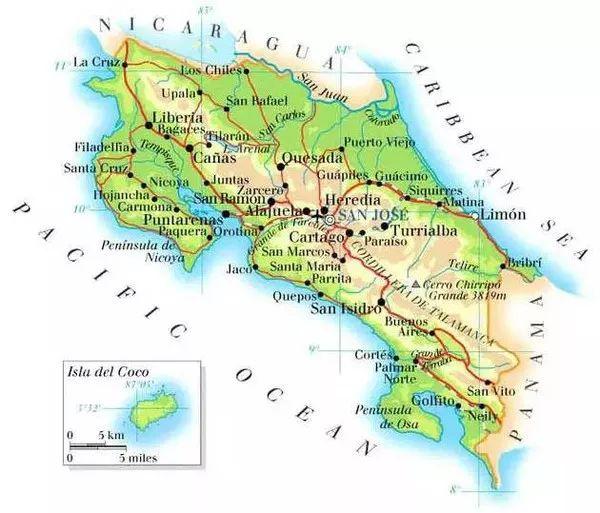
Costa Rica, located in the isthmus of Central America, is one of the most famous producing areas in Latin America. The coffee beans produced at high latitudes are famous in the world, full-bodied, mild in taste, but extremely sour. The coffee beans here are carefully processed, which is why there is high-quality coffee. Costa Rica, located in the south of SanJos é, the capital of Talasu, is one of the most important coffee growers in the country.
Costa Rican coffee producing area
Costa Rica is the country where coffee was first introduced into Central America and has a long history. The coffee organization has a complete system from production to marketing. Because it is located in the Central American Gap, 1200-1600 meters above sea level, especially in the central plateau CentralPlateau, where coffee is grown for the fertile volcanic ash of the volcanic terrain, mild and suitable temperature, and stable and abundant rainfall, coffee has become one of the factors of major agricultural products. From November to March, there are three sub-production areas, namely, San Jose, Eredia and Alajuela. There are three high-altitude volcanoes in the producing area: Irazu, Barva and Poas, which provide rich nutrients for the surrounding coffee. The excellent micro-climate and the two volcanic fertile soils of Po á s and Barva make the beans in this area have superior characteristics, such as chocolate cocoa flavor, bright acidity and elegant aroma.

Costa Rica mainly has eight major coffee producing areas, namely: Valley Central Occidental in the western valley, Valley Central in the central valley, Tarrazu in Tarazu, Tres Rios in Sanshui, Orosi in Europe, Brunca in Brenka, and Turrialba in Duli Alba. Most of the Costa Rican boutique coffee comes from Tarazhu producing area.
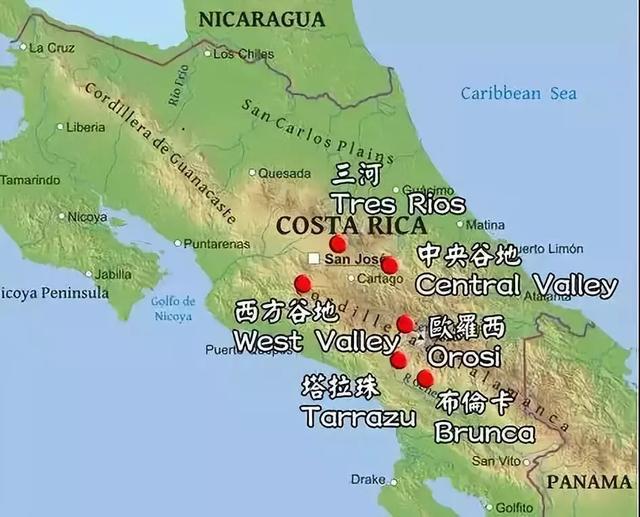
Tarazhu is located in the south of the country's capital San Jos é, 1200-1700 meters above sea level, with two distinct seasons of drought and rain, perfect soil composition and topography, the production area from December to March, with high acidity, hard and full beans, rich aroma, this area is a world-famous producing area, the main feature is the high seafood area to create an incomparable complete taste.
Tara Zhu producing area is the most important and high-quality boutique producing area in Costa Rica. In addition to micro-batches, Tarazhu also produces a large number of ultra-high-quality coffee. Tarazu is located in the picturesque central valley of Costa Rica and does not use pesticides or artificial fertilizers during planting. All these factors make the region a well-deserved perfect planting area for Arabica species. The name "Tara Zhu" comes from the Guverta Indian people who once settled here.
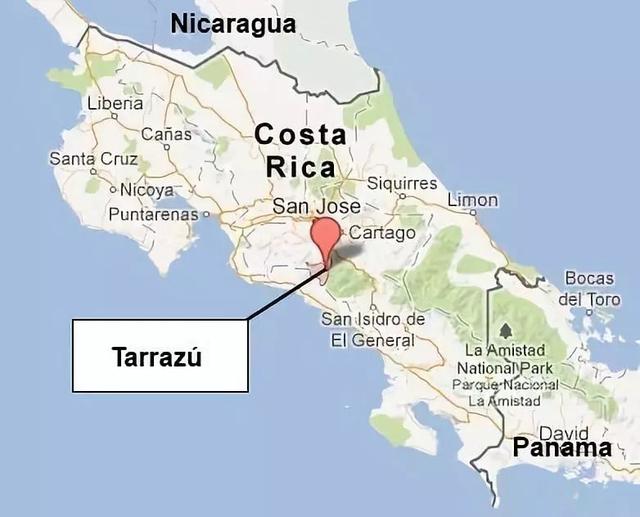
At the same time, Tarazhu is very famous in the world of boutique coffee and is one of the major coffee producing areas in the world. In the 2014 COE competition, of the 23 beans on the list, 17 came from Tarazhu producing areas. Thus it can be seen that the coffee beans in Tarazhu producing area are really strong.
The Costa Rican Milasu Coffee of Qianjie Coffee, the musician series Mozart and Baja Coffee are all from Tarazhu producing area, and Qianjie takes Tarazu Coffee from Tarazu producing area as one of the rations beans of Qianjie Coffee.
Milasu Manor
Esteban Sanches, the owner of Milasu Manor, was originally a staff member of La Candelilla, and he is very experienced in the post-processing of coffee machines and raw coffee beans. Later, because of his unique view of coffee, he came out of the small Candle Manor and built a coffee farm, which was not named Mirazu. In the local language, Mirazu means overlooking Tarazu. Esteban Sanches, the owner of Milasu Manor, believes that the quality of coffee begins with coffee trees.

The owner of Milasu Manor is a doctor of agriculture who is very good at treatment and post-position. later, he fulfilled his dream to set up his own farm and manor, and the farm planted many different varieties. Milasu sun rose summer has a light floral and light ripe fruit aroma. The tonality of black sugar and drupe is full of sweetness.
This Costa Rican Milasu coffee bean is a rose summer blend. This rose summer blend contains 50 per cent of Rosa coffee beans and 50 per cent of ET47, SL28 and Maico.
Musician series Mozart and Bach Coffee
Carnett Manor Canet Carnett Manor is located at the highest altitude in the Tara Pearl producing area and is the most intensive fruit-growing area in Costa Rica. Carnett Manor is mainly to grow passion fruit, the amount of coffee is very rare, only a specific area to grow coffee, take special care. All coffee cherries are picked by hand, only ripe red cherries are harvested, but there is a screening process before processing after harvest to pick beans that are not ripe or too ripe.
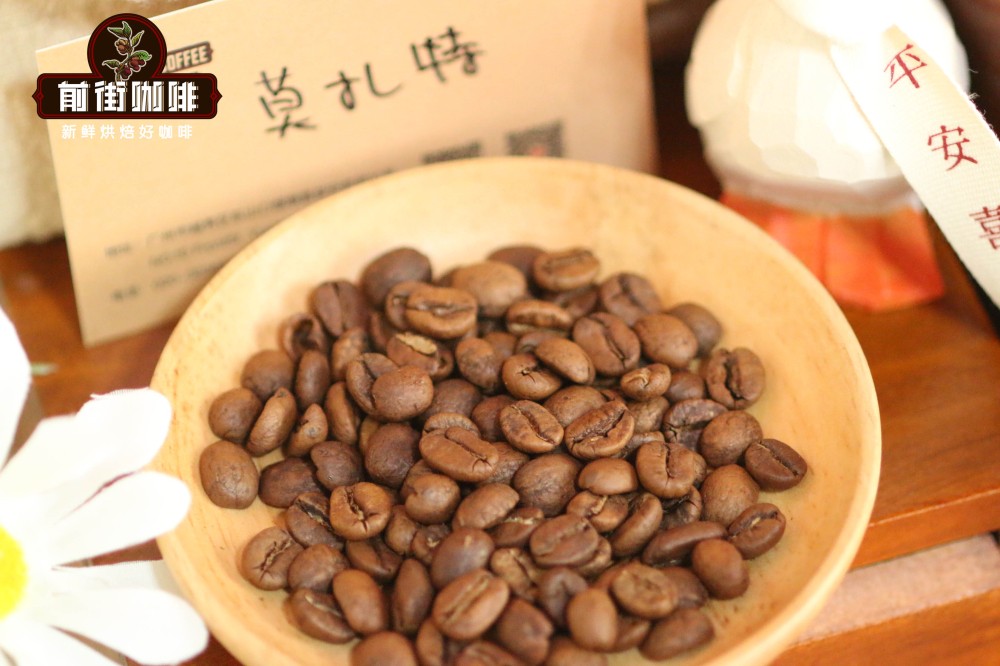
The origin of the Carnett Manor musicians series is that the owners of Carnett Manor love classical music, so the coffee beans produced by this manor are named after musicians.
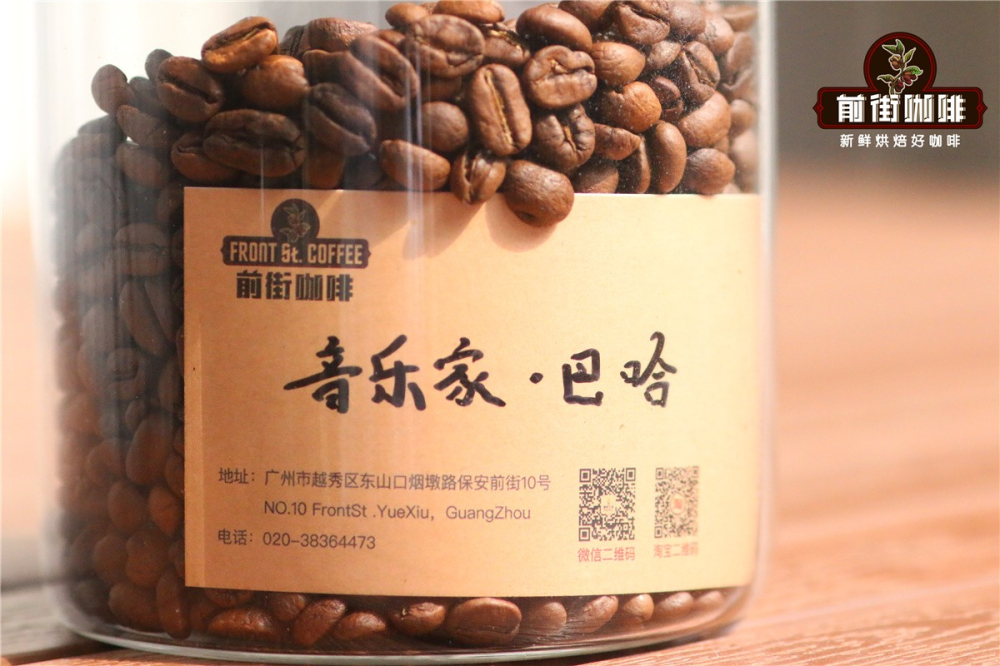
Carnett Manor to Kaddura, Kaduai two kinds of coffee beans, using raisin honey treatment, washing treatment, produce a series of world-famous musicians coffee beans, in the name of "Beethoven", "Bach", "Chopin", "Mozart", at an altitude of 1700-1950 meters, are SHB grade high-altitude hard beans, sweet flavor, fruit aroma, wine aroma, strong tea aroma.
The main varieties of Costa Rican coffee, like other Latin American coffee varieties, mainly grow bourbon, Kaddura and Kaduai. The difference is that Costa Rica also produces Vera Saatchi and Villalobos. Let's ask Qianjie Coffee to introduce the characteristics of these coffee varieties.
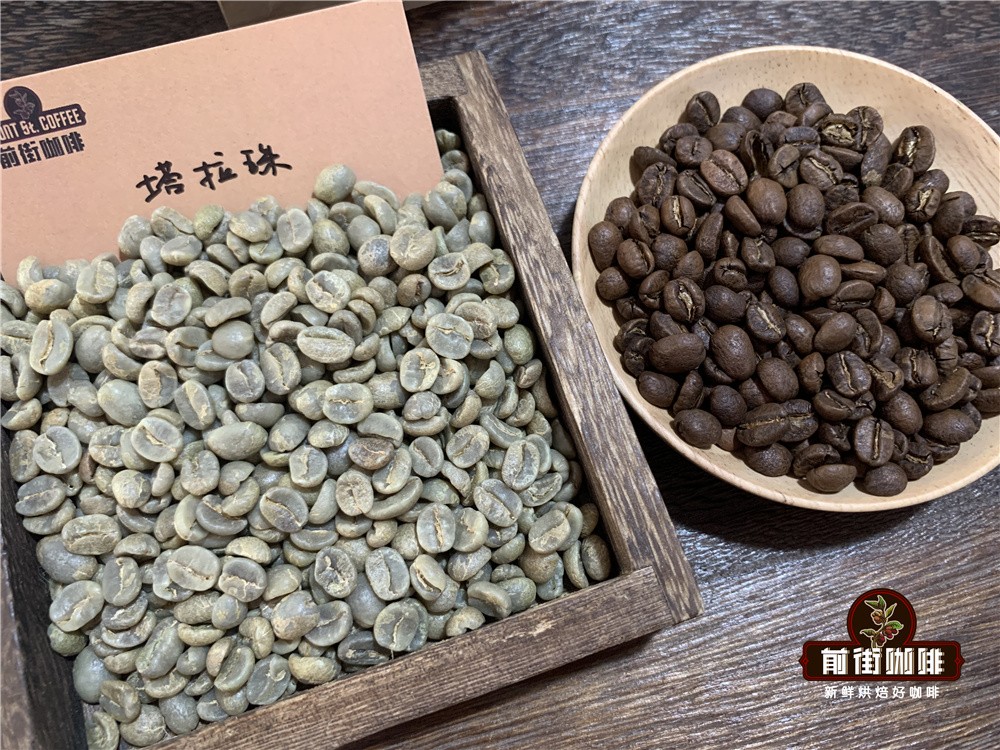
Bourbon
Bourbon is an early variant of the iron pickup that was transplanted to Yemen, and the bean shape changed from thin and pointed to round. It was named bourbon in 1715 after France transplanted round beans from Yemeni mocha to the island of Bourbon on the east coast of Africa (renamed Reunion after the French Revolution). Bourbon beans spread to Brazil and Central and South America in 1727, and the British transplanted Yemeni mochas to St. Helena Island (where Napoleon was later imprisoned) in 1732. Bourbon is the winner of the American boutique coffee cup test.
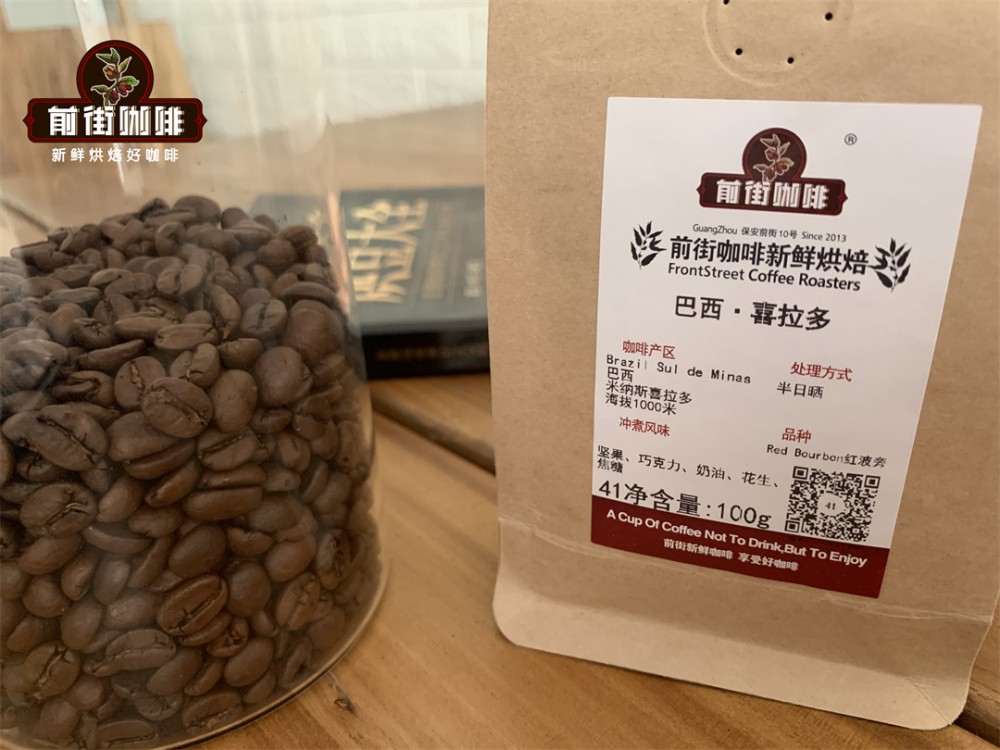
Today, most of the coffee beans in Brazil are bourbon varieties, while the rations on the front street, Brazilian coffee and individual Queen's Manor coffee are bourbon varieties.
Kaddura

Kaddura, a natural variety of Arabica Bourbon, was discovered in Brazil in 1937. Its tree is not as tall as bourbon and smaller. Due to inheriting the blood of bourbon, the disease resistance is relatively weak, but the yield is higher than that of bourbon. Although found in Brazil, Kaddura is not suitable for growing in Brazil, so it is not planted on a large scale in Brazil, but is popular in Central and South America, such as Colombia, Costa Rica and Nicaragua. Kaddura is planted on a large scale. Kaduai
Kaduai is a hybrid of New World and Kaddura. It not only inherits the advantage of the low body of Kaddura tree, but also makes up for the defect of Kaddura's weak fruit without the wind. The result is solid and not easy to fall when the strong wind blows. The biggest regret is that its overall flavor is slightly more monotonous than Kadura. Kaduai also has the difference between red fruit and yellow fruit, and red fruit has a better flavor than yellow fruit. Vera Saatchi is a bourbon variety, this bourbon green top dwarf natural mutant was discovered in Costa Rica in 1950, followed by pedigree selection (through successive generations of selection of a single plant), but this variety was not widely cultivated in Costa Rica, but was introduced to Honduras by the Honduran Coffee Institute (IHCAFE) in 1974. It is a very complex coffee in smell, suitable for medium and deep roasting, and the ground dry aroma with perfume, nectar and cherry aromas, mixed with cinnamon-like sweet spices.
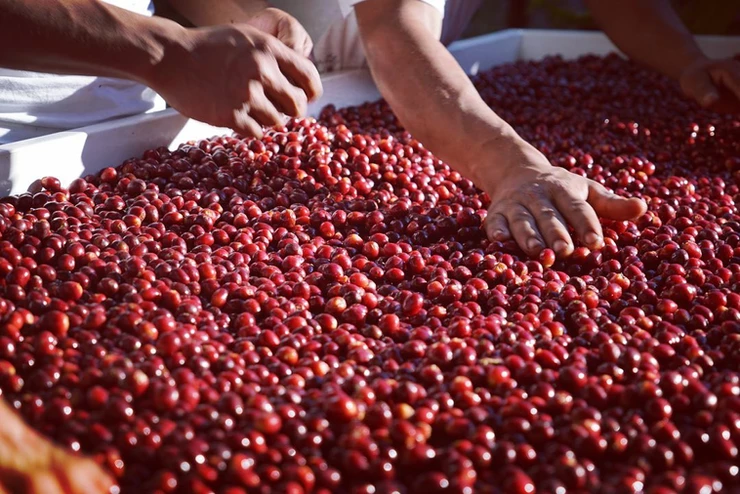
Villalobos Villalobos, which was born in Costa Rica, is a variant of the iron pickup, with branches and trunks at an angle of 60 degrees and bronze leaves. This kind of growth is particularly good at high elevations, and strong wind resistance, can also grow in barren soil, it will be better to grow under shade trees. The most striking feature of the taste is its excellent sweetness and beautiful acidity. Costa Rican coffee bean treatment
In 1830, Costa Rica began to introduce washing treatment. Gradually, the quality of washed coffee has been effectively improved. In order to improve the quality of coffee and increase sales, coffee farmers in Costa Rica began to try new processing methods. in the process of innovation, coffee farmers found a processing method between tanning and washing, which greatly reduced the time spent on coffee processing, and honey treatment was born.
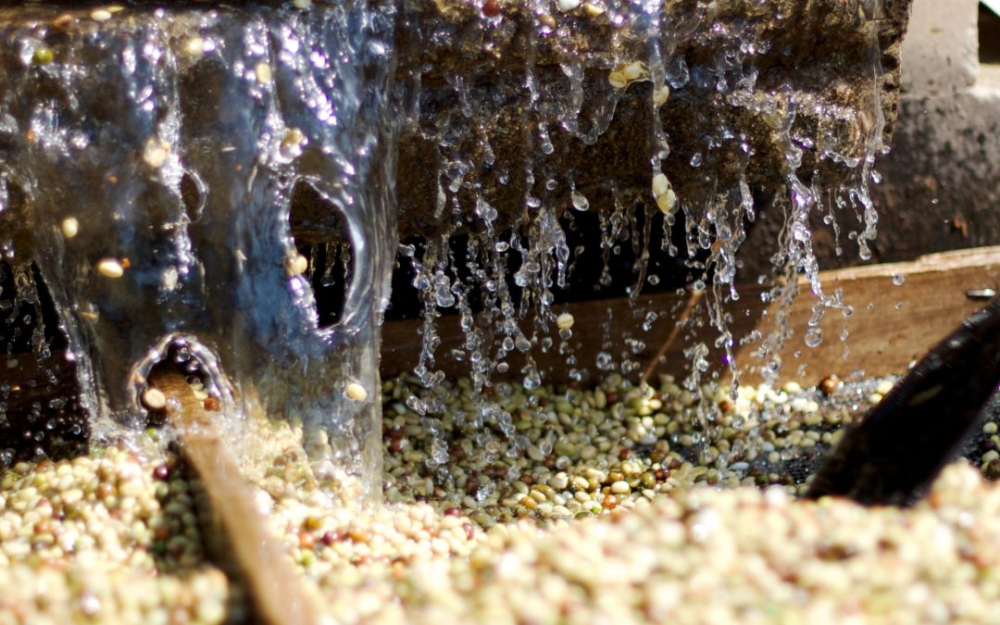
The most widely used treatment in Costa Rican coffee producing areas is honey treatment, which refers to the process of making raw beans that are sun-dried with mucous membrane (also known as pectin). After the outer pulp of the coffee bean is removed, there will be a layer of sticky jelly (pectin). The traditional washing method washes it away with clean water, but this direct drying method has been born because of the limitations of water resources in some high-altitude areas.
Because of the limitations of water and climate, the processing of honey is becoming more and more popular in Costa Rica. This [sweet] treatment actually improves the half-sun method of Brazilian coffee to increase the sweetness. The focus of this treatment is to stick the coffee to the pectin layer on the shelled beans as much as possible. This is a sophisticated method of processing: the color of coffee beans depends on the level of mucus left on them before drying. The content of mucus is the determinant of the sweetness of coffee; traditionally, the more mucus or "honey" left on it, the sweeter and deeper it is.
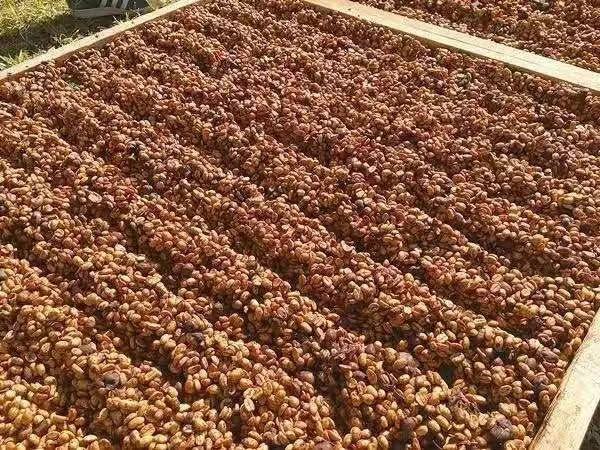
Put the screened coffee cherries into a peeling machine to remove the peel and pulp, but retain the pectin and leave them in a shaded and ventilated place to dry naturally, which usually takes 12-14 days. Finally, check the moisture content of raw coffee beans and the qualified degree of fermentation. The retention of pectin makes honey-treated coffee beans as sweet as honey, which is why Costa Rican coffee has a large number of loyal fans. The content of pectin and the time of fermentation will also change the appearance and flavor of coffee, so Costa Rica divides honey-treated coffee into black honey, golden honey, red honey, yellow honey and white honey.
Costa Rican honey-treated coffee beans retain the cleanliness of the water treatment, although the brightness of the coffee has decreased, but increased sweetness and caramel taste. According to the degree of honey treatment, Costa Rican honey-treated coffee beans are divided into yellow honey treatment, red honey treatment and black honey treatment.
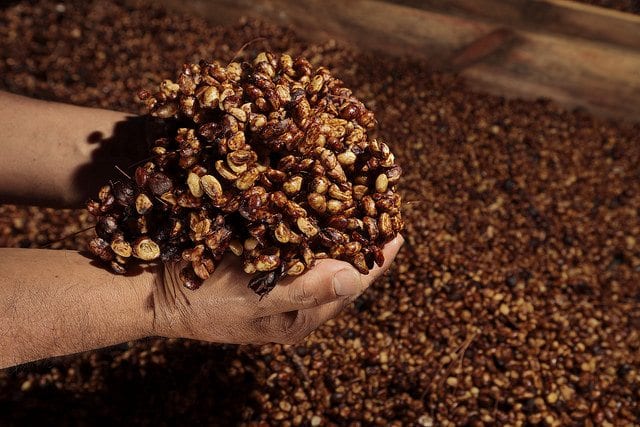
The Bach and Mozart coffee beans in the front street are treated with grape dried honey, which is a special honey treatment process. At first, the coffee fruit is dried with skin and meat, and then the skin and pulp are taken out and dried. The coffee beans treated in this way have very rich flavors of raisins, dark berries and fermented wine.
The biggest difference between Bach and Mozart is the degree of fermentation. Bach coffee beans are more fermented, so they have some fermented wine flavor and air-dried beef flavor. Mozart coffee beans are slightly lighter and have a dark fruit flavor.
Parameters for making Costa Rican coffee in front of the street:
The specific cooking parameters used in Qianjie are: V60 filter cup, water temperature 91 ℃, water powder ratio 1:15, powder quantity 15g, medium fine grinding degree (China 20 standard sieve pass rate 80%)
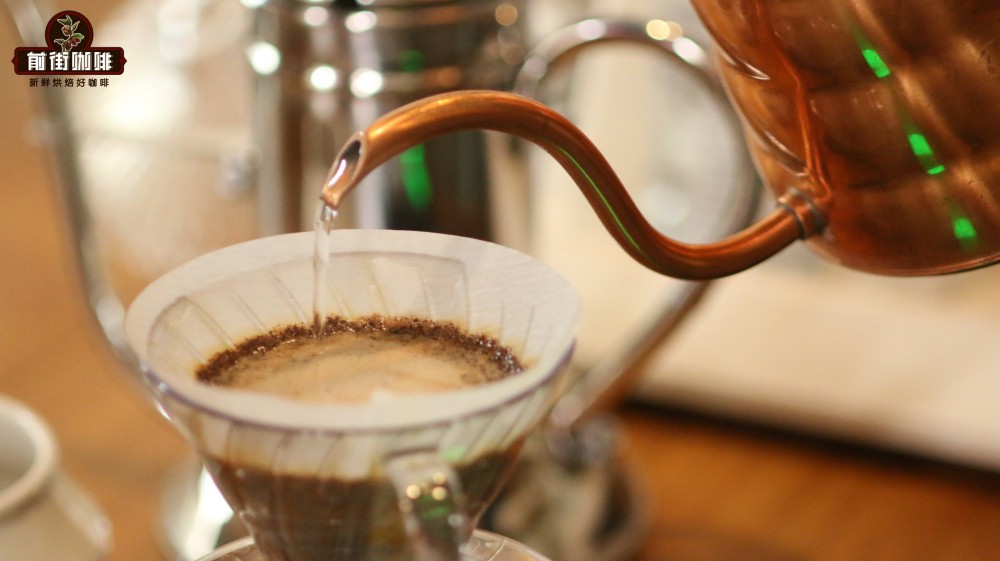
Qianjie coffee staged extraction: first, use 30g water to fully wet the powder layer in the shape of "hamburger" and steam for 30s; in the second stage, water is injected into 125g at 1: 00 "timer, then stop and wait for the water level to drop to 2 / 3 of the powder layer into the third stage; in the third stage, the water is injected into 225g when the timer is 390 / 40", and the total extraction time for coffee liquid to be completely dropped is 1 cup 3959 ". The total brewing time is 2 minutes 39 percent 00 ". Shake gently after the coffee is extracted, and then taste it until the coffee liquid is fully uniform.
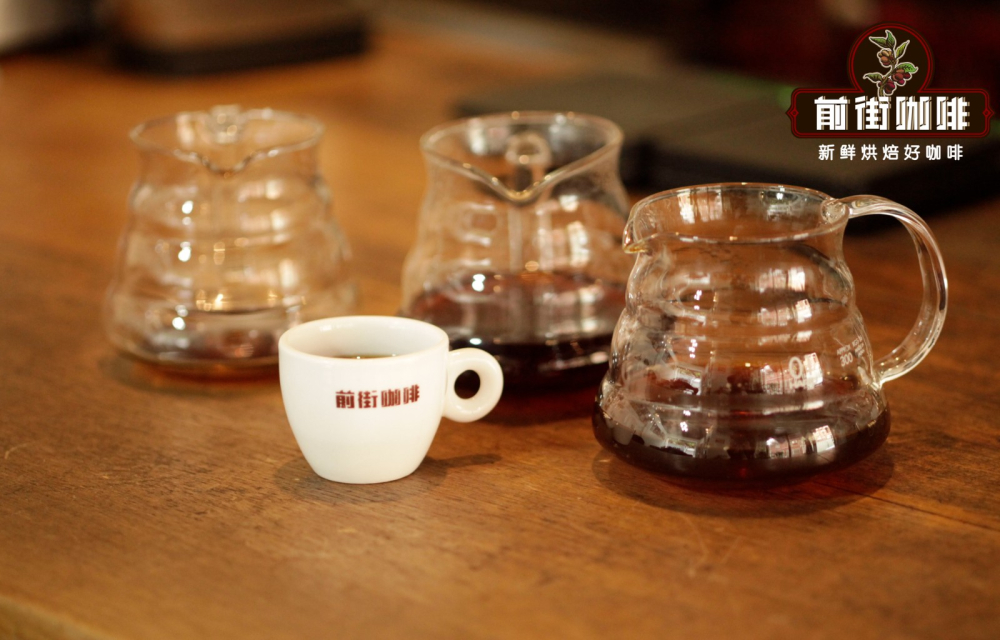
Flavor characteristics of Qianjie Baja coffee: berries, strawberries, citrus, cream, cocoa, caramel, tropical fruits
Qianjie Mozart coffee flavor characteristics: berry, fermentation aroma, entrance with raisins, sweet orange, fermented wine and sweet-scented osmanthus fragrance under the change of temperature.
Qianjie Milasu coffee flavor features: strong rose, strawberry, raisins, almonds.
Suggestions for making coffee in front of the street:
No matter what kind of coffee is brewed, the freshness of coffee beans is very important. Qianjie has always believed that the freshness of coffee beans has a great relationship with the flavor of coffee, so the coffee beans shipped in Qianjie coffee are roasted within 5 days. The purpose of Qianjie roasting is "freshly roasted coffee", so that every guest who places an order is the freshest coffee when he receives it. The bean cultivation period of coffee is about 4-7 days, so when the guest gets it, it is the time when the flavor is the best.
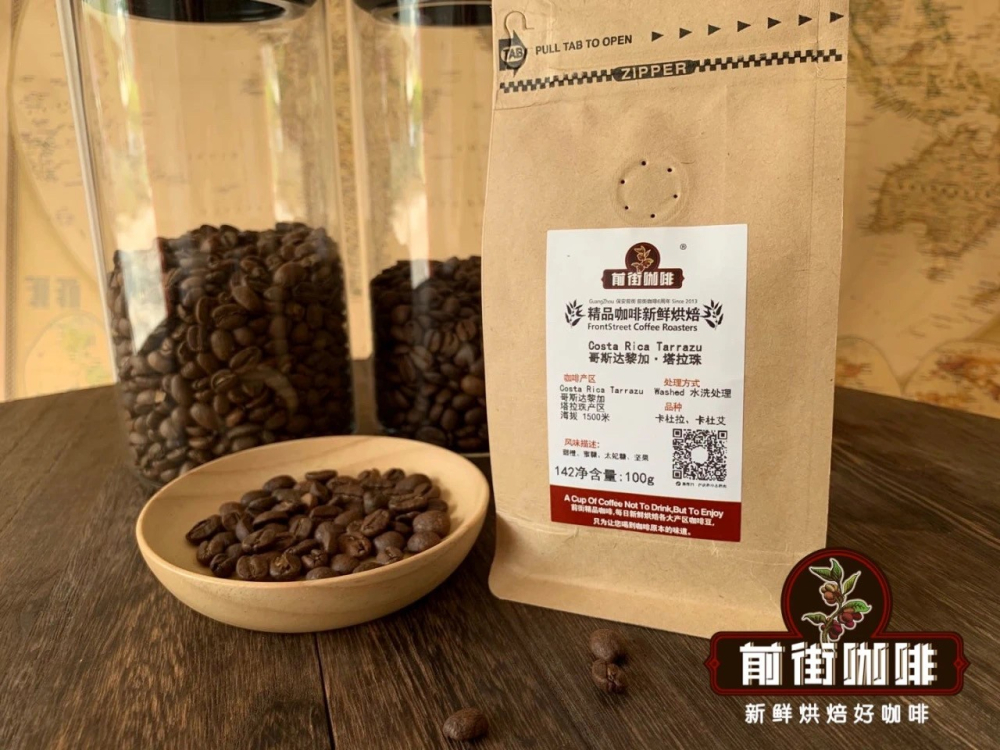
For those who need to be ground, Qianjie warmly reminds you that if the coffee beans are ground in advance, there is no need to raise the beans, because in the process of transportation, the pressure caused by carbon dioxide in the package can also make the coffee flavor round. so you can drink a cup of coffee as soon as you receive the coffee powder. But the coffee powder needs to be brewed in time, because the coffee powder oxidizes more quickly after contact with the air, that is to say, the flavor of the coffee will dissipate more quickly, and the flavor of the coffee is not so good. Therefore, Qianjie suggests buying whole beans, grinding and flushing now, so that we can better taste the flavor of coffee.
Professional coffee knowledge exchange more coffee bean information please follow the coffee workshop (Wechat official account cafe_style)
For more boutique coffee beans, please add private Qianjie coffee on Wechat. WeChat account: qjcoffeex
Important Notice :
前街咖啡 FrontStreet Coffee has moved to new addredd:
FrontStreet Coffee Address: 315,Donghua East Road,GuangZhou
Tel:020 38364473
- Prev
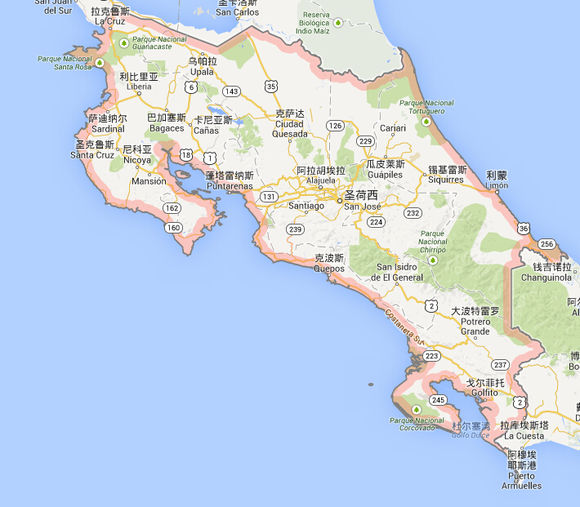
What is the difference in flavor between yellow honey, red honey and black honey in Costa Rican honey treatment?
Costa Rican coffee cultivation was introduced from Cuba in 1779 and exported for the first time in 1820. There are now about 32000 coffee farmers, with an average planting area of less than one hectare (10000 tons) per farmer. Costa Rica has a population of 41 billion (2006), with a coffee planting area of 82500 hectares and an annual production of 1.7 million bags (60kgs per bag). The annual domestic consumption is 380000 bags.
- Next
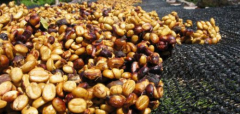
Imported Coffee Wholesale Costa Rica Arabica Honey processing Coffee beans Coffee characteristics
Costa Rican coffee cultivation was introduced from Cuba in 1779 and exported for the first time in 1820. There are now about 32000 coffee farmers, with an average planting area of less than one hectare (10000 tons) per farmer. Costa Rica has a population of 41 billion (2006), with a coffee planting area of 82500 hectares and an annual production of 1.7 million bags (60kgs per bag). The annual domestic consumption is 380000 bags.
Related
- Detailed explanation of Jadeite planting Land in Panamanian Jadeite Manor introduction to the grading system of Jadeite competitive bidding, Red bid, Green bid and Rose Summer
- Story of Coffee planting in Brenka region of Costa Rica Stonehenge Manor anaerobic heavy honey treatment of flavor mouth
- What's on the barrel of Blue Mountain Coffee beans?
- Can American coffee also pull flowers? How to use hot American style to pull out a good-looking pattern?
- Can you make a cold extract with coffee beans? What is the right proportion for cold-extracted coffee formula?
- Indonesian PWN Gold Mandrine Coffee Origin Features Flavor How to Chong? Mandolin coffee is American.
- A brief introduction to the flavor characteristics of Brazilian yellow bourbon coffee beans
- What is the effect of different water quality on the flavor of cold-extracted coffee? What kind of water is best for brewing coffee?
- Why do you think of Rose Summer whenever you mention Panamanian coffee?
- Introduction to the characteristics of authentic blue mountain coffee bean producing areas? What is the CIB Coffee Authority in Jamaica?

